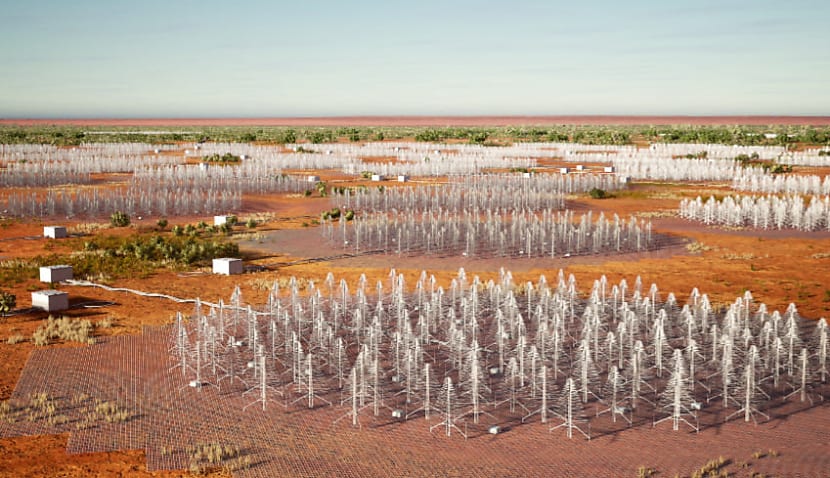Using a prototype from the upcoming Square Kilometre Array (SKA), researchers analysed 76 million images of the sky and found that in some datasets, up to 30 per cent of images showed interference.
SpaceX has launched nearly 8,000 Starlink spacecraft into orbit, with plans to complete a constellation of 40,000. However, unintended signals from satellites – leaked from onboard electronics – can drown out the faint radio waves astronomers use to study the universe.
The problem is likely to be particularly prevalent in Australia, which is home to some of the world’s most advanced radio telescopes.
PhD candidate and study lead Dylan Grigg said his team detected more than 112,000 radio emissions from 1,800 Starlink satellites, making it what he claims is the most comprehensive study to date.
“Starlink is the most immediate and frequent source of potential interference for radio astronomy: it launched 477 satellites during this study’s four-month data collection period alone,” Grigg said.
“In some datasets, we found up to 30 per cent of our images showed interference from a Starlink satellite.”
Grigg added that the issue wasn’t just the number of satellites, but the strength of the signals and the frequencies at which they were visible.
“Some satellites were detected emitting in bands where no signals are supposed to be present at all, such as the 703 satellites we identified at 150.8 MHz, which is meant to be protected for radio astronomy.
“Because they may come from components like onboard electronics and they’re not part of an intentional signal, astronomers can’t easily predict them or filter them out.”
The under-development SKA Observatory in Western Australia will be the largest radio telescope ever built and will work in tandem with a partner observatory being built in South Africa.
Researchers hope to use it to explore the first billion years after the so-called dark ages of the universe, when the first stars and galaxies formed.
Construction on the project began in 2022 at the CSIRO Murchison Radio-astronomy Observatory site in Western Australia, with completion scheduled for 2029.
The first of the 130,000 Christmas tree-shaped antennas that will comprise the SKA-Low radio telescope was installed last year, and once complete, the telescope will cover an area roughly the size of a square kilometre.
The antennas will later collaborate with the 197 dishes to be built at a site in the Karoo region of South Africa, dubbed “SKA-Mid”.
Study co-author Steven Tingay argued satellite technology and radio astronomy were both essential but needed to exist in harmony.
“We’re standing on the edge of a golden era where the SKA will help answer the biggest questions in science: how the first stars formed, what dark matter is and even test Einstein’s theories,” he said.
“But it needs radio silence to succeed. We recognise the deep benefits of global connectivity, but we need balance, and that starts with an understanding of the problem, which is the goal of our work.”

Adam Thorn
Adam is a journalist who has worked for more than 40 prestigious media brands in the UK and Australia. Since 2005, his varied career has included stints as a reporter, copy editor, feature writer and editor for publications as diverse as Fleet Street newspaper The Sunday Times, fashion bible Jones, media and marketing website Mumbrella as well as lifestyle magazines such as GQ, Woman’s Weekly, Men’s Health and Loaded. He joined Momentum Media in early 2020 and currently writes for Australian Aviation and World of Aviation.

